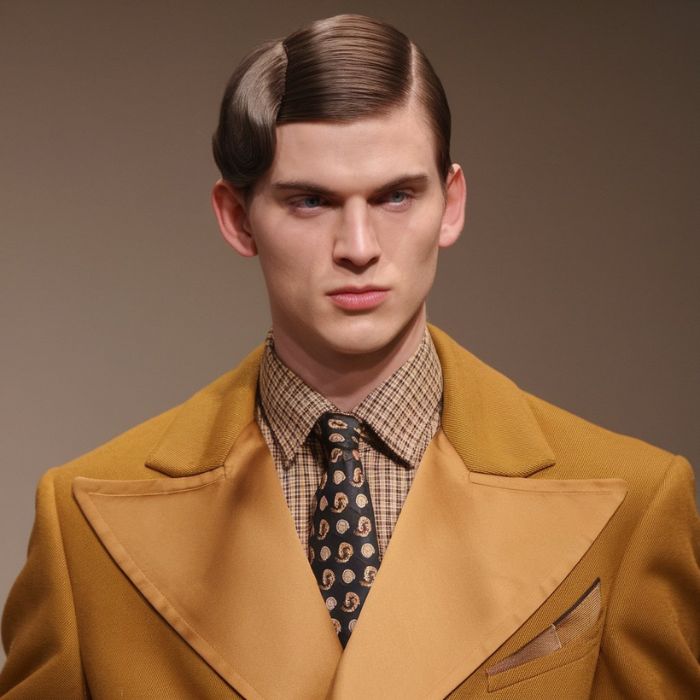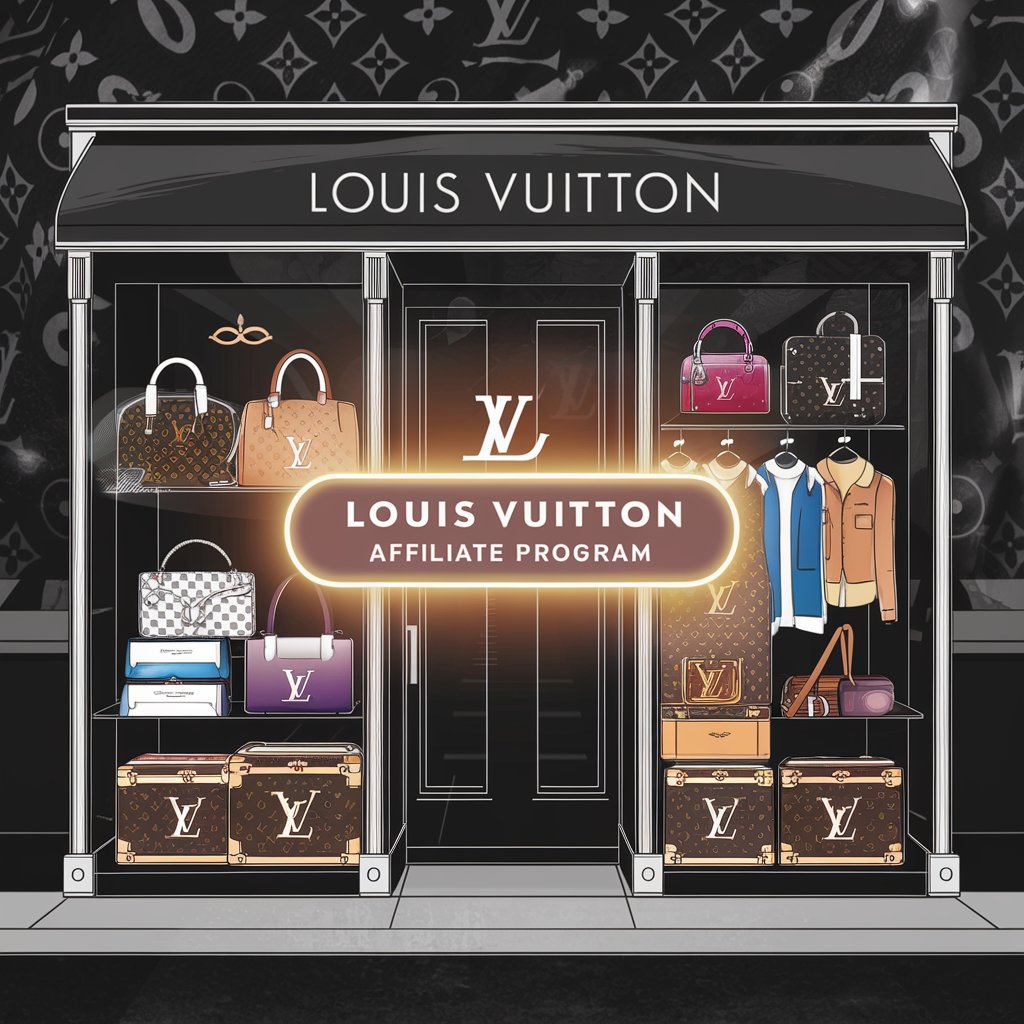The 1960s, a decade marked by revolutionary change, also witnessed a significant shift in men’s fashion. From the tailored suits of early Mad Men to the rebellious flair of the later years, men’s fashion in the 1960s encapsulated the spirit of a generation eager for change. This era, rich in cultural and social transformations, brought forth a dynamic shift in how men dressed and expressed themselves. The evolution of style during this decade reflected the broader movements that defined the time. The key trends, styles, and icons that shaped 1960s men’s fashion.
The Early 1960s: A Continuation of Classic Elegance
In the early 1960s, men fashion retained much of the conservative style from the 1950s. The influence of Ivy League culture, with its emphasis on preppy, clean-cut looks, continued to dominate. Men wore slim-fitting, single-breasted suits, often paired with narrow ties and polished shoes. The color palette was subdued, featuring shades of gray, navy, and charcoal. Accessories, such as tie bars and cufflinks, added a touch of sophistication, while hats remained a staple of the well-dressed man.
This era also saw the rise of the Mod subculture, originating in London. Young men embraced sharper cuts and bolder patterns, setting the stage for the more daring styles that would emerge later in the decade. The Mod look often included tailored suits with skinny lapels, button-down shirts, and slim trousers. Clean lines and a sleek silhouette defined this early 1960s aesthetic, emphasizing a refined yet modern approach to fashion.
The Mid-1960s: The Rise of Individual Expression
As the decade progressed, men’s fashion began to reflect the broader cultural shifts happening worldwide. The mid-1960s marked the decline of the strict, formal dress code and the rise of individual expression. The British Invasion, led by bands like The Beatles, significantly influenced men’s fashion, introducing bold new styles and attitudes.
Men started experimenting with brighter colors, bold patterns, and unique textures. The classic suit underwent a transformation, with lapels widening, ties becoming more colorful, and shirts adopting playful prints. The Nehru jacket, inspired by Indian Prime Minister Jawaharlal Nehru, became a popular alternative to the traditional suit. Its stand-up collar and minimalist design captured the spirit of the times, symbolizing a break from convention.
Casual wear also evolved during this period, with men embracing turtlenecks, roll-neck sweaters, and fitted cardigans. These items, often worn in vibrant colors, provided a stark contrast to the conservative attire of earlier years. The growing influence of pop art, psychedelia, and the counterculture movement fueled this trend towards more expressive and experimental fashion choices.
The Late 1960s: Rebellion and Revolution
By the late 1960s, men’s fashion had undergone a complete transformation. The rebellious spirit of the era, driven by the counterculture movement, heavily influenced the styles of the time. The rules of traditional fashion were cast aside in favor of bold, daring, and sometimes outrageous choices.
The hippie movement, with its emphasis on peace, love, and freedom, played a significant role in shaping late 1960s fashion. Men embraced long hair, beards, and a more relaxed approach to dressing. Fringe jackets, tie-dye shirts, and bell-bottom jeans became the uniform of the counterculture. These garments, often adorned with beads, embroidery, and other embellishments, reflected a desire to break free from societal norms and express individuality.
Military surplus clothing also became popular during this time, as a statement against the Vietnam War. Army jackets, often paired with denim and boots, symbolized rebellion and solidarity with the anti-war movement. The late 1960s also saw the rise of androgynous fashion, with men adopting elements traditionally associated with women’s wear, such as floral patterns, velvet fabrics, and bold jewelry.
Iconic Figures and Their Influence on 1960s Fashion
Throughout the 1960s, several iconic figures played a significant role in shaping men’s fashion. These individuals, whether musicians, actors, or cultural icons, became style leaders, influencing trends and inspiring countless followers.
The Beatles, with their ever-evolving style, were at the forefront of this fashion revolution. Their early look, characterized by matching suits and mop-top haircuts, gave way to more eclectic and experimental outfits as the decade progressed. John Lennon, in particular, became known for his round glasses, military-inspired jackets, and penchant for bold prints.
Another key figure was Mick Jagger, the frontman of The Rolling Stones, who epitomized the rebellious spirit of the late 1960s. Jagger’s style, characterized by slim-fitting trousers, flamboyant shirts, and a penchant for scarves and jewelry, became synonymous with rock ‘n’ roll fashion. His fearless approach to style, mixing masculine and feminine elements, challenged traditional notions of men’s fashion.
The actor Steve McQueen, often referred to as the “King of Cool,” also left an indelible mark on 1960s fashion. Known for his rugged, all-American style, McQueen popularized the casual yet effortlessly stylish look. His wardrobe staples included well-fitted denim, leather jackets, and classic sunglasses. McQueen’s influence extended beyond the screen, as his iconic style continued to inspire men’s fashion for decades.
The Legacy of 1960s Men’s Fashion
The impact of 1960s men’s fashion extends far beyond the decade itself. The styles, trends, and attitudes that emerged during this time have left a lasting legacy on men’s fashion, influencing subsequent generations and continuing to inspire designers today.
The Mod look, with its emphasis on sharp tailoring and clean lines, has seen numerous revivals over the years. The influence of the British Invasion is still evident in contemporary fashion, with many designers drawing inspiration from the bold patterns and playful styles of the mid-1960s. The counterculture movement’s emphasis on self-expression and individuality has also had a lasting impact, encouraging men to experiment with their style and push the boundaries of traditional fashion.
Even today, elements of 1960s men’s fashion can be seen on runways and in everyday street style. The decade’s mix of classic elegance and rebellious experimentation continues to resonate, proving that the fashion of the 1960s remains as relevant and influential as ever.
Conclusion
The 1960s was a decade of profound change, not just in society but also in men’s fashion. From the classic elegance of the early years to the bold experimentation of the later ones, 1960s men’s fashion reflected the spirit of a generation eager to break free from tradition and express their individuality. The styles that emerged during this time have left a lasting legacy, influencing men’s fashion for decades to come. As we look back on this iconic decade, we see not just a history of fashion but a history of cultural revolution, creativity, and the enduring power of self-expression.











